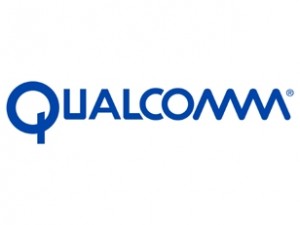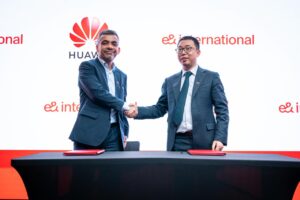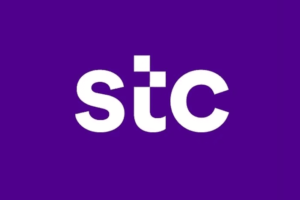 Qualcomm Inc. /quotes/zigman/77257/quotes/nls/qcom QCOM -0.35{e1f18614b95d3cd6e4b3128e1cd15d99b042a60a5a19c19b7a8e07e7495efa10} said Friday it will continue with technology acquisitions that help it grow but has no specific targets at the moment.
Qualcomm Inc. /quotes/zigman/77257/quotes/nls/qcom QCOM -0.35{e1f18614b95d3cd6e4b3128e1cd15d99b042a60a5a19c19b7a8e07e7495efa10} said Friday it will continue with technology acquisitions that help it grow but has no specific targets at the moment.“We are quite pleased with what we have seen in terms of market opportunities. If those opportunities arise, we are no strangers to doing this,” President Steve Mollenkopf told Dow Jones Newswires in an interview.
Qualcomm in May completed a US$3.1 billion merger with Atheros, a maker of chips that handle WiFi signals. The merged entity will focus on the further development of products for “the connected home,” including wireless technologies for sending data such as videos and pictures from smartphones to be displayed on high-definition television sets and large screens.
The San Diego semiconductor company is also looking to increase staff in Asia as it continues to see strong business momentum in the region, said Mollenkopf, without giving specifics. Qualcomm said that it has a work force of over 20,000 globally, but declined to give a break down for employees in the region.
“We grow as our customers grow in the region. We expect to continue doing this as part of Windows 8,” said Mollenkopf.
Microsoft Corp. (MSFT) is launching a new PC operating system Windows 8 that will also work on cellphone-style chips. These Windows 8 chips are based on designs licensed by ARM Holdings PLC (ARMH, ARM.LN), as well as the x86 chips Intel Corp. (INTC) and Advanced Micro Devices Inc. (AMD) sell for computers.
Microsoft hopes its partnership with ARM-based chip makers–including Qualcomm, Nvidia Corp. (NVDA) and Texas Instruments Inc. (TXN) — will help it gain traction in the burgeoning market for mobile devices.
Mollenkopf said Windows 8 is a good opportunity for the company as it will carry the chipmaker into a wider range of computing devices.
“We are working with international PC makers. We are working on multiple different types of form factors including both tablets and clamshell devices,” said Mollenkopf, declining to disclose the PC makers that Qualcomm is working with and the launch timetable.
As part of efforts to diversify revenue streams, he said Qualcomm is spending US$1 billion to build a new plant for its low-powered Mirasol display in Hsinchu, Taiwan as the wireless chipmaker wants to tap into growing demand for the display from mobile gadgets like electronic readers and tablets.
Qualcomm’s Mirasol display has been adopted by several electronic readers, including the color E-reader of Korean bookseller Kyobo Book Centre and Shenzhen-listed E-reader maker Hanvon Technology Co. (002362.SZ).
Qualcomm has been one of the biggest beneficiaries of rising demand for smartphones and other mobile devices, selling equipment for the phones and also earning licensing fees for underlying communications technologies.
Earlier this month, the company reported a record first-quarter net profit and boosted its guidance for the year, as it continues to benefit from sales of devices such as Apple Inc.’s (AAPL) iPhone. For the quarter ended Dec. 25, Qualcomm reported a profit of $1.4 billion, up from $1.17 billion a year earlier.











